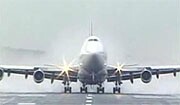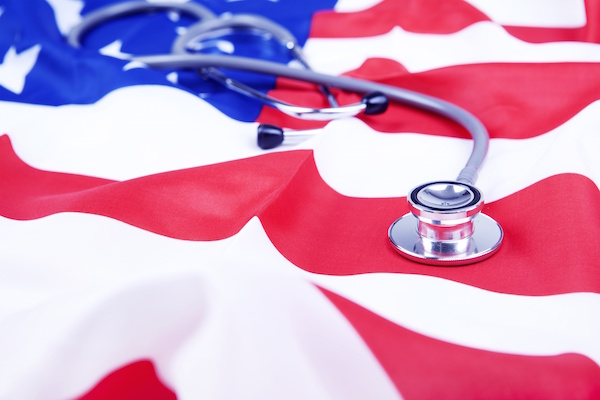
FRIDAY, May 6 (HealthDay News) — The airline industry needs to standardize procedures and equipment for in-flight medical emergencies, according to two American doctors.
Over a five-year period, European airlines identified 10,000 in-flight medical emergencies, but the issue doesn’t get the attention it deserves, said Dr. Melissa Mattison and Dr. Mark Zeidel, of Beth Israel Deaconess Medical Center
in Boston, authors of a study to be published May 11 in the Journal of the American Medical Association.
The airlines’ focus on preventing crashes and near misses means that “most individual flight attendants will never experience an emergency landing or evacuation during their careers,” the authors wrote in a medical center news release.
“By contrast, in-flight medical emergencies occur frequently,” they added. “Yet the kinds of approaches that have improved flight safety have not been extended to providing optimal care for passengers who become acutely ill while on board airplanes.”
While emergency medical kits on passenger aircraft must contain certain medications and equipment, the actual contents of the kits vary by airline, the doctors said. They also noted that U.S. Federal Aviation Administration requires flight attendants to be trained in CPR and the use of automated external defibrillators, yet does not require standard curriculum or testing.
This means that physicians who have to deal with in-flight emergencies face a number of challenges, including having to work in cramped spaces, using emergency medical kits with unfamiliar, inadequate and poorly organized contents, and dealing with flight crews who don’t know how best to assist doctors.
The authors outlined a four-step plan to improve the handling of in-flight emergencies. It includes:
- A standardized system for recording all in-flight medical emergencies and mandatory reporting of each incident.
- Expert recommendations for developing a standardized emergency medical kit.
- Enhanced and standardized training for flight attendants.
- Ensuring that standardized flight crew communication with ground-to-air medical support is available on all flights when no health-care professionals are available.
More information
The American College of Emergency Physicians advises doctors to be prepared for in-flight medical emergencies.

